MANY THINGS FOR INDIA TO LEARN
By VIJAY KRANTI
By passing resolution HR-4331 on Tibet the House of Representatives of the US Congress has marked a new watershed in the American approach on the issue of Tibet and a qualitative shift in its style of dealing with China. This resolution has many lessons for countries like India on how to deal with a bully China. The new Act, passed on 28th January, is titled as the “Tibetan Policy and Support Act of 2019” and is aimed at “modifying and reauthorizing the ‘Tibetan Policy Act of 2002” as well as to consolidate many earlier US laws and resolutions on Tibet to make the US stand towards China crisp and clear.
For those who have been keenly watching the impeachment drama at the Capitol Hill, it must be surprising that the Tibet resolution was passed 392-vs-22 in the House of Representatives where Republicans hold 197 members as against 232 Democrats. Moreover, it has come at a time when the Chinese Communist masters of Tibet have been running overdrive to announce to the world that the right to identify and certify the next incarnation of current Dalai Lama lies exclusively in the hands of the Communist Party of China (CPC) and not any Tibetan or Dalai Lama himself.
Cutting across the Republican-Democratic divide this resolution not only out rightly rejects CPC or Beijing government’s authority in matters related to Dalai Lama’s reincarnation, but it has also unambiguously declared that all rights in this matter rest with Dalai Lama himself and the ‘Gaden Phodrang’ the Tibetan trust which governs all affairs related to this highest spiritual office of Tibet.
Since 1951 when late Chairman Mao’s Peoples Liberation Army (PLA) occupied Tibet and converted it into its most priced colony, Tibet has remained the most sensitive issue whose mention in any world forum in any form would irritate all successive rulers in Beijing beyond normal civil conduct. No surprise that the Chinese spokesperson Hua Chunying dubbed this US resolution as a “gross interference in China’s internal affairs”. Dubbing it as “an important matter of principle concerning China’s sovereignty and territorial integrity” she said that this resolution “has sent a wrong message to ‘Tibet independence’ forces” and that the Chinese government is “indignant at and firmly opposed to it”.
This Chinese reaction was on expected lines because Beijing leaders have been patiently waiting for the current Dalai Lama (14th in the five centuries old lineage) to pass away with the hope that they would be able to tame the unending anger and disobedience of their Tibetan subjects by installing the new child reincarnation of their supreme spiritual leader and the deposed ruler of Tibet.
The US Congressmen have further upset the Chinese apple cart on Tibet by resolving to make some qualitative changes in US government’s way of dealing with China on issues related to Tibet. For example, while declaring that the rights of selection of next Dalai Lama lie exclusively with the Tibetans, it also bars Beijing from playing any role in the education and upbringing of the 15th child Dalai Lama. Not stopping at this, the resolution obligates the US Secretary of State and all US agencies dealing with China to take proper international actions against and bar each of those Chinese officials individually who plays any role in the selection of the next incarnation of the Dalai Lama.
Underling the old demand of the US government to open a US Consulate in the Tibetan capital Lhasa, the latest resolution has placed a bar on future US governments from allowing China to open any new Consulate in the US unless Beijing allows US to open its Consulate office in Lhasa with all freedoms that are due to a diplomatic office in any country.
This resolution approves large financial support to Dalai Lama’s CTA in Dharamshala; Tibetan refugee communities in India and Nepal; humanitarian and developmental projects inside Tibet and; ensuring necessary funds to American sponsored radio networks like the Voice of America (VOA) and Radio-Free-Asia (RFA) which have been formally assigned to provide “uncensored news and information in the Tibetan languages to Tibetans, including Tibetans in Tibet.”
Yet another qualitative shift in US approach towards Tibet and China reflects from the US resolve to form “International Diplomatic Coalitions” among various countries to put pressure on Chinese government to desist from interfering in the selection of next Dalai Lama as well as other incarnate lamas (known as ‘Tulkus’ in the Tibetan parlance and ‘Living Buddhas’ in Chinese). As a kind of full dress rehearsal of installing a Chinese puppet child as the next Dalai Lama, the Communist Party controlled Buddhist Associations have already installed at least two boys of Party’s choice in 1990s on as high posts as the Panchen Lama and Karma Pa. It’s a different matter that the Tibetan people living under Chinese control have refused to accept the ‘government sponsored Panchen Lama’ where as the Karma Pa ran away to India on the New Year eve of 2000.
As if to add insult to the injury on the Beijing government, the HR-4331 clearly indicates towards shifting of gears on US approach towards China on other major matters too which relate to Tibet. From making usual appeals and suggestions from US government to Beijing on Tibet it has now shifted to direct demands and directives to the government of PRC. For example the Act of 2002 (Act-1646) made appeals to Beijing to hold a dialogue with Dalai Lama or his representatives. But in the new Act this appeal has been upgraded to a demand that this dialogue should be held “without any preconditions” and that it should be held with Dalai Lama or “Democratically elected leaders of the Tibetan community”.
This change in the American stance reflects US recognition of the Central Tibetan Administration (CTA) which runs from Dharmshala in India as the de facto ‘Government in Exile of Tibet”. This is in direct confrontation with Beijing’s consistent refusal to acknowledge any status of the CTA and its precondition that any discussion with Dalai Lama can be held only within the limits of Chinese constitution and formal acceptance by the Dalai Lama that Tibet has been historically an integral part of China. Moreover, the new US stand, as implied by HR-4331, not only acknowledges the Tibetan ‘Sikyong’ (elected President) as the legitimate heir of the Dalai Lama’s political powers on Tibet, it also accords an infinite shelf life to the status of CTA (headed by the Sikyong) as the actual representative of Tibetan people even after the death of present Dalai Lama.
Observers of US-Tibet-China triangle are hopeful that this resolution will pass through the Senate where Republicans hold majority 53/100 whereas the Democrats with a strength of 45 would be more than willing to support it.
Interestingly, his new American approach on Tibet holds new hope and guidance for the New Delhi government who has been consistently following a half hearted approach on issues related to Tibet. Keeping the facts in mind that sudden occupation of Tibet by China in 1951 changed a peaceful India-Tibet border into a threatening India-China border overnight; that China has started laying its claims over Arunachal Pradesh as ‘South-Tibet’ and parts of Ladakh simply on the strength of its colonial occupation of Tibet; that despite hosting Dalai Lama and Tibetan refugees in India for over six decades it has not used Dalai Lama or Tibetan issue as a lever in its deals with a bullying China; that despite all friendly overtures from New Delhi the Beijing leadership is openly siding with Pakistan on the issue of Kashmir and; the Communist leaders of China are hell bent upon internationalizing Kashmir on every available international forum, it is high time New Delhi takes a cue from this latest resolution of American parliamentarians.
To start with, New Delhi can, at least, assert its historic right to reopen its consulates in Lhasa Gyantse and Yatung in Tibet which it gave up on its own in an overhyped ‘Panchsheel Agreement”. New Delhi would be very much within its political rights and moral obligations if it stands by the Dalai Lama against Chinese Communist Party’s attempts to usurp the supreme spiritual institutions of Tibet. Joining America’s proposed “International Diplomatic Coalitions” on Tibetan issue too should not be an illogical choice.
If New Delhi needs more time to muster this courage it can at least start with much softer options like honouring the Dalai Lama with Bharat Ratna just like it has already done with other foreigner friends like Nelson Mandela, Khan Abdul Gaffar Khan and Mother Teresa.
(*Author is a senior journalist, a China watcher and Chairman, Centre for Himalayan Asia Studies and Engagement)


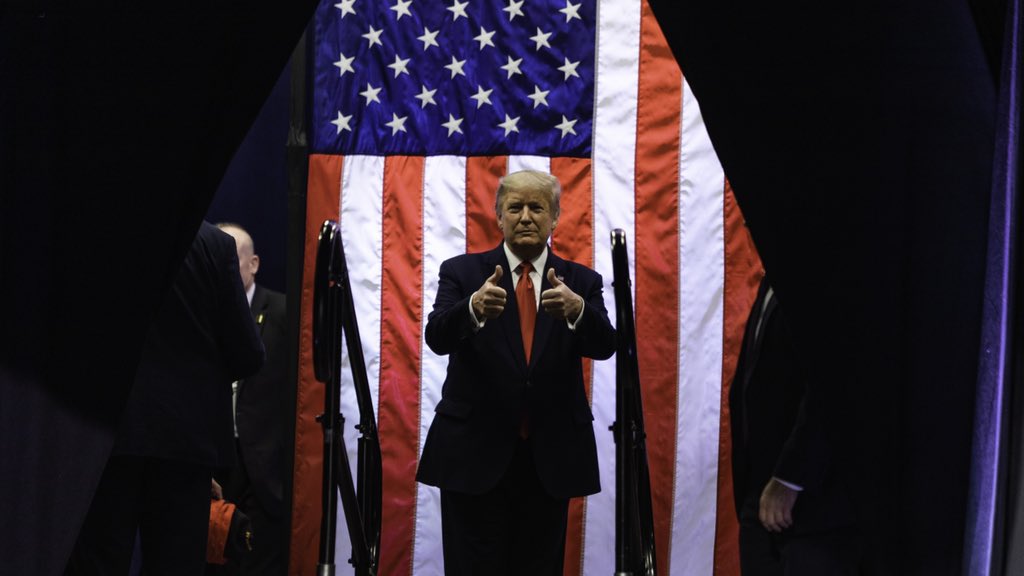



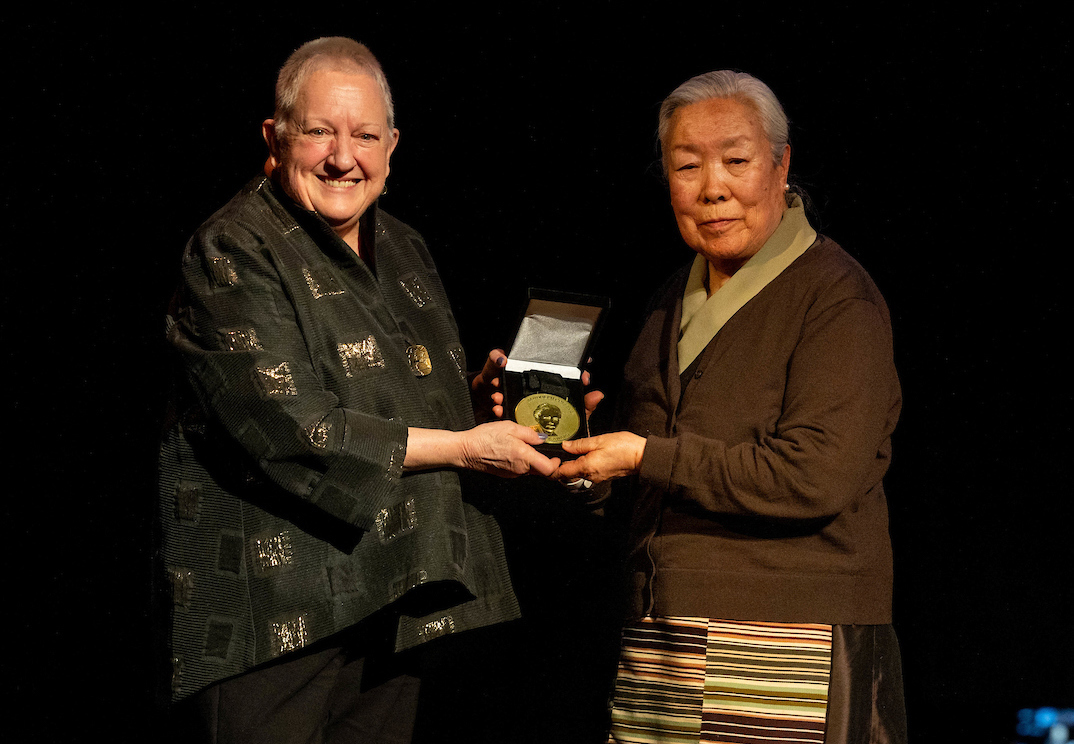
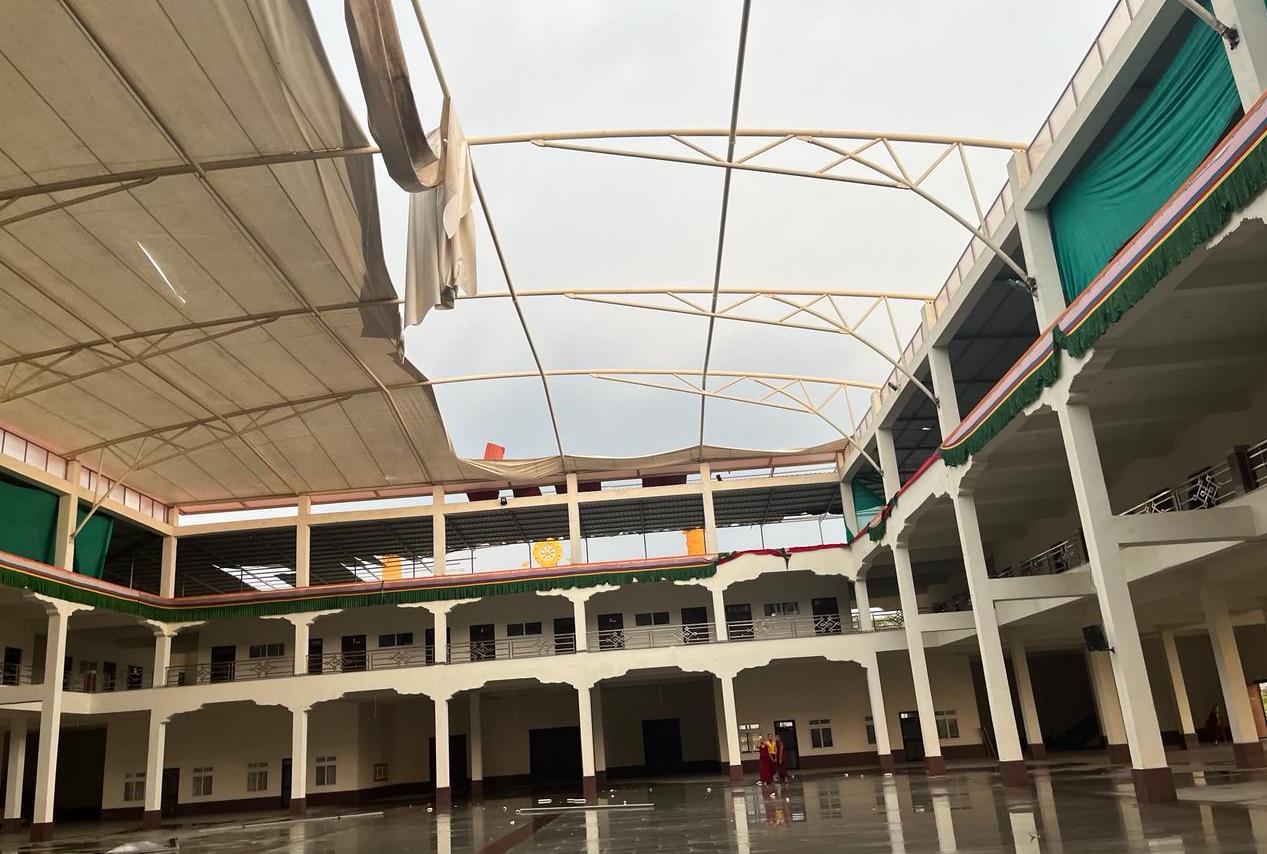
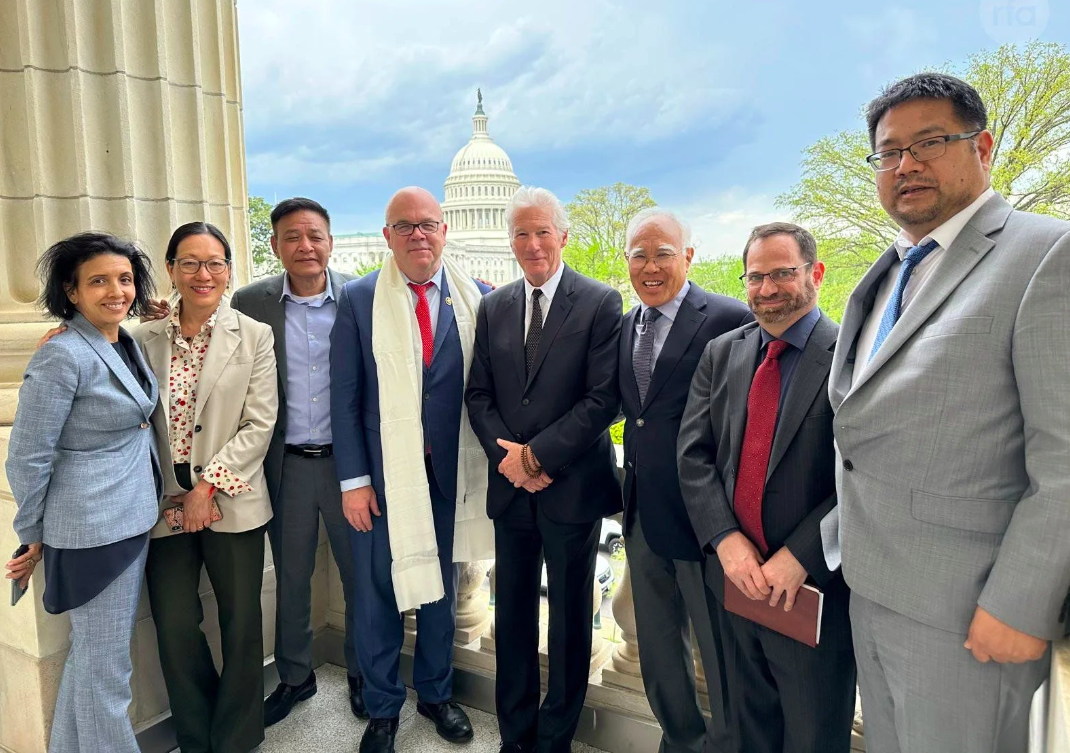
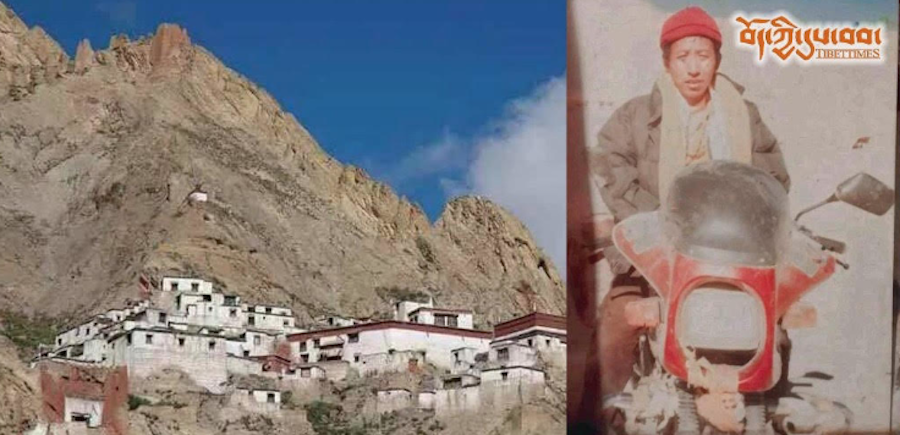
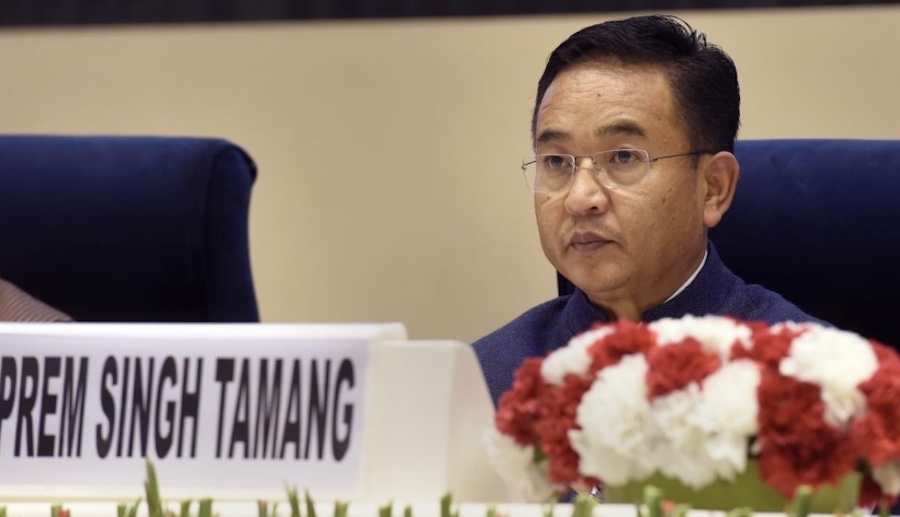
2 Responses
It is crystal clear to the entire world that China is a colonial power in Tibet. It has no role in selecting, educating and grooming up the 15th Dalai lama, in future. The Tibetan people and the world will not accept any direct or indirect interference with the selection process of the future Dalai lama. We know China is awaiting with a plan to manipulate and hijack the institution, we Tibetans so revered and hold very dear to our hearts. The whole world will not accept it and let such shameless thing happen today.
Tibetans are united both in spirit and desire to continue with this great institution that has become inseparable part of our history and freedom struggle against the Chinese imperialism.
Thank you Sir.Your article has educated me very clearly about US policy over Tibet issue and Vague stands of India over Tibet issue.